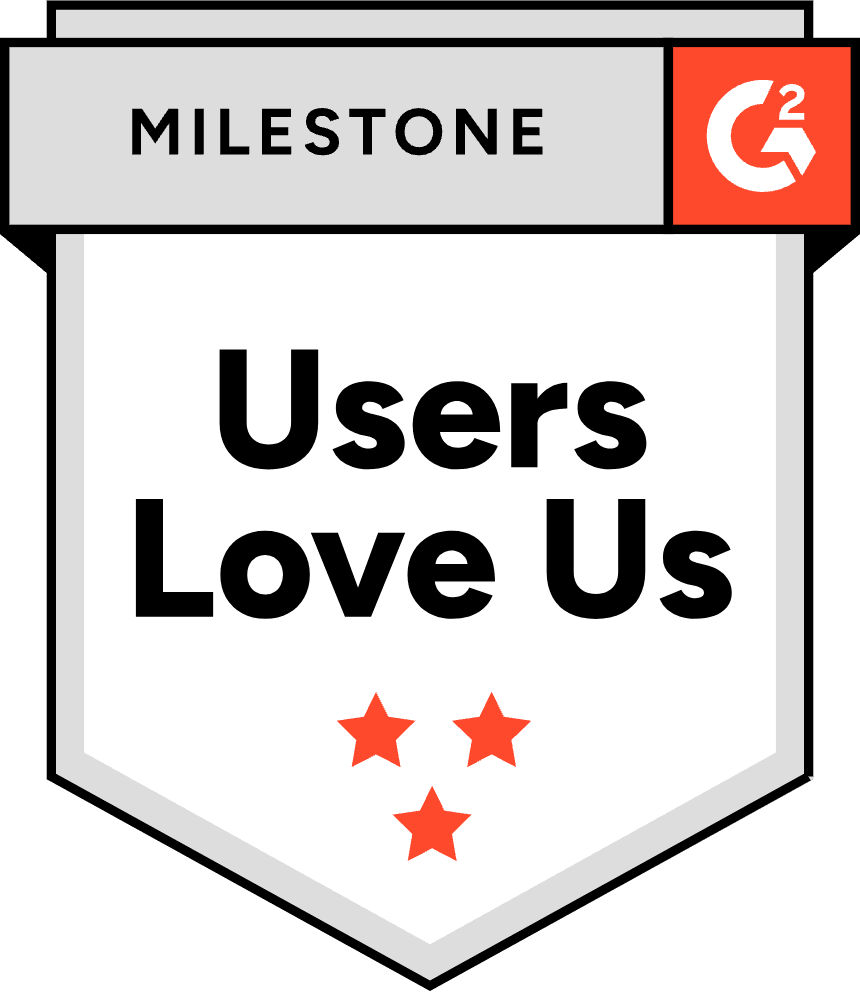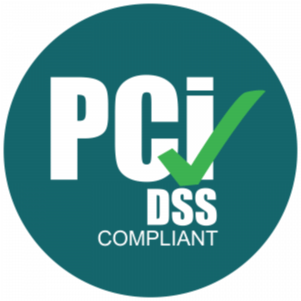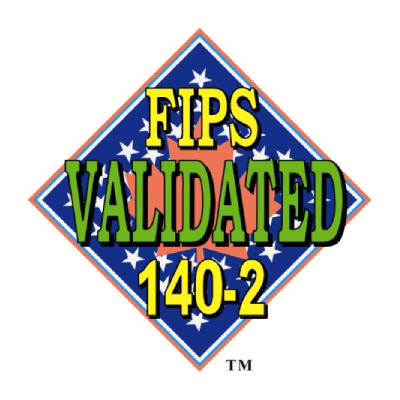Posted by Ori Mankali
April 26, 2024
Introduction
Organizations face increasingly complex challenges in safeguarding their assets and data. One of the most effective paradigms to emerge in recent years is Zero Trust. At its core, Zero Trust means no implied trust within an organization; every user and system operates under the principle of least privilege. However, implementing a Zero Trust strategy is often easier said than done. One of the key pillars in achieving this is secrets management.
What is Zero Trust?
In the Zero Trust model, nobody is automatically trusted by default, whether they are inside or outside the organization. Implementing Zero Trust involves three key aspects:
- Least Privilege, Role-Based Access: Every employee has access only to the resources they need to complete their tasks.
- Temporary Access Only: Access privileges are not permanent. Instead, they’re granted only when necessary and revoked when no longer needed.
- Tracking and Monitoring: All access and activity within the environment are continuously monitored to identify and immediately mitigate potential vulnerabilities.
Importance of Zero Trust in Developer Environments
Developer environments serve as critical hubs of sensitive operations, rendering them enticing targets for cybercriminals. Simply put, a breach here can allow unauthorized users to access code, databases, and other critical infrastructure. Considering a recent poll revealed that nearly 25% of developers have experienced a breach, it is clear that we need to improve security around sensitive data.
Implementing Zero Trust correctly means understanding the roles of both machine identities and human developers in securing environments. The first one involves focusing on secure communication, and the second is about creating a culture of security awareness. A Stanford study found that 88% of breaches occur because of employee mistakes, so it’s essential to focus on both enhancing processes and establishing a security-conscious culture.
Secrets Management: The Cornerstone of Zero Trust
Secrets management helps to secure Zero Trust for various reasons. Let’s break them down:
Elimination of Standing Privileges for Machines
Utilizing dynamic, just-in-time secrets is a crucial move in eradicating standing privileges. It promotes the creation of temporary credentials on an as-needed basis, forming a barrier against unauthorized access. Incorporating a secrets management platform can facilitate this strategy, automating the swift creation and expiration of credentials.
Elimination of Standing Privileges for Humans
Many companies still allow admin accounts to have standing privileges, opening up a potential weak point in their security systems. A secrets management platform can address this, providing automated tools to grant temporary access as needed, eliminating this vulnerability and helping to maintain a fortified security posture.
Solving the Secret Zero Problem
The “Secret Zero” problem refers to the vulnerability associated with the initial credentials in a system, often termed as the ‘secret zero’. These credentials, if static and overly exposed, can become a single point of failure, creating an avenue for unauthorized access that might compromise the entire system. Addressing this, a solution like Akeyless is pivotal; it can rotate credentials automatically, mitigating the risk of having a fixed ‘secret zero’. This lays a strong, dynamic foundation for your security infrastructure, substantially reducing the threat surface.
Comprehensive Tracking and Monitoring
In a Zero Trust framework, it’s fundamental to not just control access but also to monitor it diligently. This involves keeping an eye on all activities and being ready to respond swiftly to any anomalies. A robust secrets management system aids in this, offering tools needed for continual assessment of trust, enabling quick responses to irregularities, and solidifying the overall security architecture.
Conclusion
Through our discussion, it’s clear that secrets management is integral in upholding a Zero Trust strategy, addressing critical vulnerabilities linked to human error and systemic weaknesses. It eradicates standing privileges and solves the “Secret Zero” problem, offering not just heightened security but a proactive, adaptable defense system. As we navigate the complex landscape of today’s cybersecurity, embracing secrets management emerges not just as a solution, but as an essential strategy to foster robust, preemptive protection.













